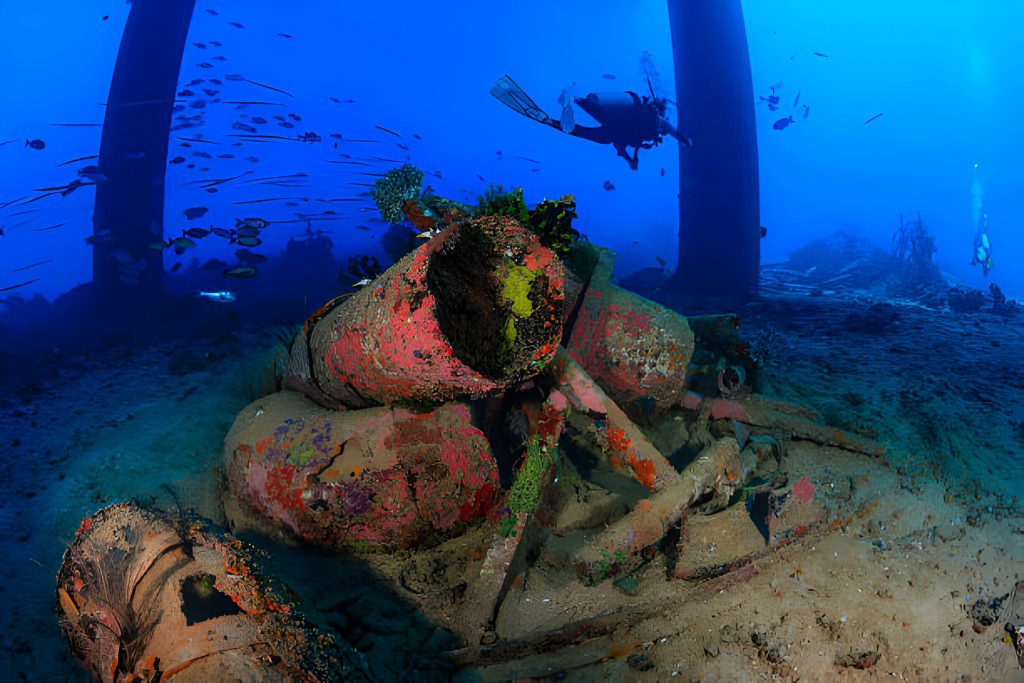Underwater construction is a specialized field that requires unique methods, technology, and expertise to build structures or make repairs beneath the surface of the water.
Given the unique challenges posed by water, including issues related to pressure, visibility, and environmental factors, underwater construction is one of the most demanding disciplines in engineering. Learn more details about betongsaging.
The caisson method involves creating a watertight chamber that workers can use to work underwater while staying dry. A caisson, typically made of concrete or steel, is lowered to the construction site and sealed to the ground. Water is then pumped out, creating a dry workspace.
A cofferdam is a temporary structure built to enclose an area underwater, allowing the enclosed area to be pumped dry and creating a safe environment for workers to build or repair structures. Cofferdams are typically constructed from sheet piles driven into the ground, and the area is reinforced to withstand water pressure.
Concrete placement underwater is one of the most challenging aspects of underwater construction. This involves specially designed concrete mixes that can be placed directly into water without disintegrating.
In marine construction, piles are driven deep into the seabed to provide foundational support for structures such as bridges, docks, and offshore platforms.
Special equipment such as hydraulic hammers and vibratory hammers are used to drive piles into the underwater substrate. Read more information about Kristiansand Bygg AS.

While human divers are essential in underwater construction, especially for inspection, welding, and repair tasks, the development of Remote Operated Vehicles (ROVs) has significantly improved safety and efficiency. ROVs are equipped with cameras, lights, and robotic arms that allow operators to perform tasks remotely. Find out more information about kjerneboring.
The deeper the construction site, the greater the water pressure. Pressure significantly impacts both human workers and construction materials. Specialized equipment and techniques, such as caissons and saturation diving, are required to handle projects in deep waters.
Pressure also affects the setting and curing of concrete, making it essential to use specific admixtures and concrete mixtures designed for high-pressure environments.
![[GetPaidStock.com]-65e04524041bb [GetPaidStock.com]-65e04524041bb](https://onlineerotikfilmizle.com/wp-content/uploads/elementor/thumbs/GetPaidStock.com-65e04524041bb-qwb8f2yawmo8vro5gq2rnmyym7c6mowgsl81yxe1e0.jpg)
The underwater environment is dynamic and influenced by factors like tides, currents, and temperature variations. Construction sites must be carefully planned and monitored to account for these changes, as shifting tides and currents can destabilize structures or displace equipment.
Underwater construction is inherently risky, with workers exposed to hazards including decompression sickness, equipment malfunctions, and limited escape options in emergencies. Detailed safety protocols, rigorous training, and specialized equipment are essential to minimize risks.
Advanced training in decompression, emergency protocols, and the use of advanced breathing equipment is mandatory for underwater workers to reduce the risk of serious injury or fatalities.
As one of the most widely used materials in construction, concrete must be modified for underwater use. High-strength, low-permeability concrete is essential, as it must resist erosion, withstand pressure, and prevent chemical reactions with water that could compromise structural integrity.
Steel is widely used in underwater construction for its strength and durability. To prevent corrosion, steel structures are often coated with special protective layers or galvanizing treatments. Additionally, cathodic protection is frequently employed, using sacrificial anodes to protect the steel from corrosion.
Building bridges and tunnels across bodies of water is one of the most common applications of underwater construction. Underwater tunnels, such as the Channel Tunnel between England and France, are constructed using methods like immersed tube tunneling, where sections of tunnel are floated into position and then submerged to rest on the seabed.
As technology advances, underwater construction is poised to become more efficient and safer. Innovations in robotics and artificial intelligence are expected to increase the use of ROVs and autonomous underwater vehicles (AUVs), reducing the need for human divers and improving safety. New materials, such as ultra-high-performance concrete and self-healing materials, promise greater durability and longevity for underwater structures.
Additionally, as the demand for renewable energy increases, underwater construction will play a key role in developing offshore wind farms, tidal power stations, and wave energy converters.
